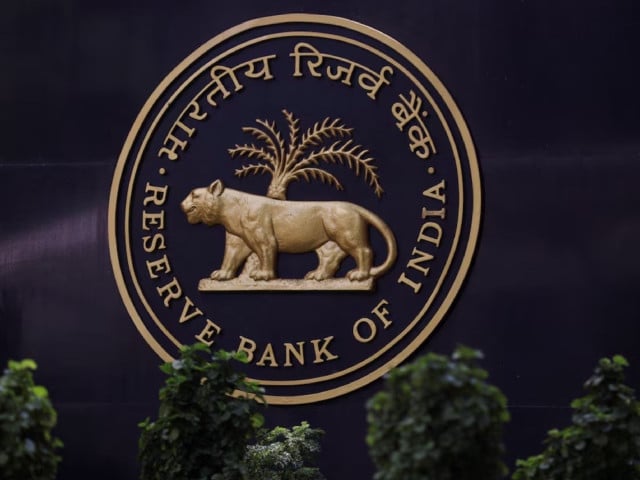
MUMBAI:
India’s current account balance posted a surplus for the first time in 10 quarters in the January-March period, helped by higher service exports and private transfer receipts, the central bank said on Monday.
The current account surplus (INCURA=ECI), opens new tab stood at $5.7 billion, or (INCAPA=ECI), opens new tab 0.6% of the GDP, in the fourth quarter of the fiscal year 2023/24, compared with a deficit of $8.7 billion or 1% of the GDP in the preceding quarter, the Reserve Bank of India (RBI) said in a statement.
The deficit stood at $1.3 billion or 0.2% of the GDP in the same quarter a year earlier. The current account had last recorded a surplus in April-June 2021.
For the full fiscal year, the deficit more than halved to a seven-year low of $23.2 billion, or 0.7% of the GDP, from $67 billion, or 2% of the GDP last year, on the back of a lower merchandise trade deficit.
“Services exports grew by 4.1% on a year-on-year basis in the fiscal fourth quarter on the back of rising exports of software, travel and business services,” the RBI said.
Net services receipts were at $42.7 billion, higher than $39.1 billion recorded a year earlier, contributing to the surplus, the RBI said.
Merchandise trade deficit (INTRDQ=ECI), opens new tab narrowed to $50.9 billion, from $52.6 billion a year earlier, the RBI said.
The merchandise trade deficit in May stood at $23.78 billion compared with $19.1 billion in April.
Private transfer receipts, which are mainly remittances by Indians employed overseas, increased 11.9% on-year to $32 billion.
A current account deficit of 1-1.2% of GDP in 2024/25 would be “comfortably financed”, particularly given the expectations of large foreign debt inflows on account of the bond index inclusion starting from June 28, said Aditi Nayar, chief economist at ICRA.
The country’s balance of payments (INBOP=ECI), opens new tab was at a surplus of $30.8 billion in the March quarter, compared with a surplus of $5.6 billion a year earlier.
The balance of payments recorded a surplus of 63.7 billion for 2023-24, compared with a deficit of $9.1 billion in the previous year.

